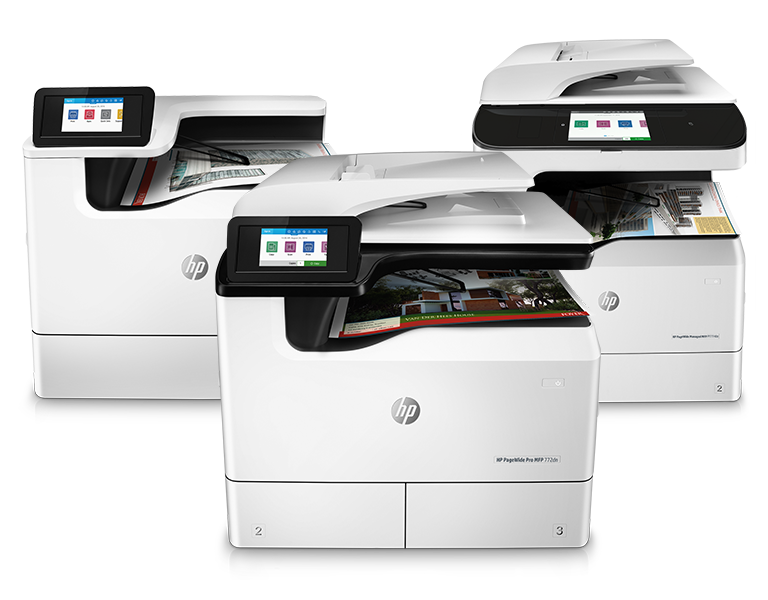PRINTER SETUP
- Make sure your printer is powered on
- Select Download to install the recommended printer software to complete setup

How to Connect a Printer to Your Computer: Complete Guide for Windows
Connecting a printer to your Windows computer might seem simple, but it can lead to headaches if you don’t know where to start. Whether you’re setting up a new device or fixing a connection problem, understanding the different methods and steps can save you time. A reliable printer connection boosts productivity at home and in the office. This guide will walk you through each process—wired, wireless, and Ethernet—making it easier to get your printing tasks done smoothly.
Understanding Different Types of Printer Connections
Knowing the type of printer connection you need is key. Each method has its benefits and setup process. Here’s a quick overview.
Wired (USB) Printer Connections
USB printers are the easiest to connect. Just plug in the cable, and Windows usually does the rest. This type of connection is stable, fast, and simple for personal use or small offices. When a printer stays close to your PC, a USB setup works perfectly.
Wireless (Wi-Fi) Printer Connections
Wireless printers connect to your Wi-Fi network. They give you the freedom to place the printer anywhere with available network access. This setup allows multiple devices to print without needing direct cables. Make sure your Windows version supports the printer model, especially if you’re using older or newer systems.
How to Connect a USB Printer to Windows
Connecting a USB printer is straightforward. Just follow these steps.
Connect the Printer Physically
Start by plugging the printer’s USB cable into your computer. Make sure it’s firmly connected to the correct port—often labeled “USB.” Turn on the printer. Windows often detects the device automatically, and a notification will pop up.
Install Printer Drivers on Windows
In most cases, Windows recognizes the printer and installs drivers automatically. This Plug and Play feature makes setup simple. If not, go to “Settings” > “Devices” > “Printers & scanners” and click “Add a printer.” You can also download drivers directly from your printer’s manufacturer website.
Configure Printer Settings
Once installed, set your printer as the default under “Devices & Printers.” Print a test page to confirm everything works. You can also manage print queues from this menu, pause or cancel jobs, and change preferences.
Ethernet Network Printer Connections
Ethernet-connected printers sit on your local network via an Ethernet cable. They’re common in larger offices with many users. Ethernet connections provide reliable, fast printing and simplify managing multiple printers. You’ll need some basic network knowledge to set these up, like assigning IP addresses if necessary.
Preparing to Connect Your Printer to Windows
Preparation can make setup smoother. Follow these quick tips before starting your connection.
Check Printer Compatibility and Requirements
First, verify that your printer works with your Windows version. Check the manufacturer’s website for compatibility info. Also, confirm the driver and software availability—these are crucial for proper functioning. If your printer is relatively new, chances are good the necessary drivers already exist.
Update or Install Necessary Drivers
Windows can often find drivers automatically through Windows Update. However, visiting the manufacturer’s website may provide the latest software. Installing the newest driver versions ensures your printer works quickly and smoothly. Don’t skip this step—driver issues are the most common cause of connection failures.
Network Setup and Connection Preparation
Ensure your Wi-Fi or Ethernet connection is reliable. For network printers, assigning a static IP address can prevent connection issues down the line. Running a quick network test or router restart can fix common connectivity hiccups before you proceed.
How to Connect a Wireless Printer to Windows
Wireless printing offers flexibility, but initial setup can vary depending on your device.
Connect Printer to Wi-Fi Network
Many wireless printers have a built-in touchscreen or buttons to connect to Wi-Fi. Use the control panel to select your network and enter the password. Some models support WPS (Wi-Fi Protected Setup)—press the WPS button on the printer and router for a quick connection. Manual setup also works through the printer’s menu, selecting wireless settings and entering your Wi-Fi details.
Add the Wireless Printer in Windows Settings
Open “Settings” > “Devices” > “Printers & scanners.” Click “Add a printer or scanner.” Windows will scan your network for available devices. Select your printer from the list and click “Add device.” Follow prompts to complete the process.
Troubleshoot Wireless Connectivity Issues
If your printer isn’t showing up, check your network visibility. Restart your router, printer, and computer if needed. Ensure both devices are on the same Wi-Fi network. Using the Windows troubleshooter can often fix common Wi-Fi problems—just follow its suggestions.
How to Connect a Network (Ethernet) Printer to Windows
Ethernet printers connect through a cable, ideal for staples in office environments.
Connect Printer to Network via Ethernet Cable
Plug one end of the Ethernet cable into your printer and the other into your router or network switch. Power on the printer. It might automatically get an IP address if DHCP is enabled in your network. For more control, set a static IP through the printer’s menu—helpful for consistent access.
Add Ethernet Printer to Windows
Open “Devices and Printers” and select “Add a printer.” Choose “Add a network, wireless, or Bluetooth printer.” Windows should detect the Ethernet-connected printer. If not, manually enter the printer’s IP address. Print a test page once connected to verify setup.
Network Security and Access Tips
If you share the printer across a network, secure access by setting permissions. Limit who can print or change settings through your network’s security settings. Regularly updating your router’s firmware also helps keep your network safe and running smoothly.
Troubleshooting Common Printer Connection Issues
Even with careful setup, connection issues happen. Here’s how to fix them fast.
Driver and Software Problems
Failed installations often stem from driver issues. Reinstall or update your drivers from the website. Remove old or conflicting drivers from your device list first.
Network Connectivity Troubleshooting
Make sure your PC and printer are on the same network. Reset network connections if needed. Use Windows’ built-in network troubleshooter—sometimes it detects and fixes problems automatically.
Printer Hardware and Compatibility Issues
If your printer isn’t responding, check for hardware malfunctions. Clean printheads, check for errors, and ensure firmware is up to date. Hidden compatibility issues can also cause hiccups—updating Windows and your printer drivers can fix this.
Best Practices for Maintaining Printer Connectivity
Once your printer is set up, keep it in top shape.
- Regularly update your printer’s firmware.
- Keep device drivers current.
- Use secure Wi-Fi passwords to prevent unauthorized access.
- Schedule routine cleaning to avoid paper jams or toner issues.
- Test your connection periodically to catch problems early.
Conclusion
Connecting a printer to your Windows computer might seem daunting, but it’s mostly about choosing the right method and following simple steps. Whether you’re using USB, Wi-Fi, or Ethernet, proper setup makes printing quick and easy. Remember to keep your drivers updated and your network secure for the best experience. With these tips, you’ll become a printing pro in no time. Keep your printer running smoothly and your workflow efficient by staying on top of updates and maintenance.
